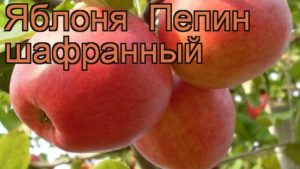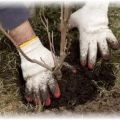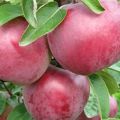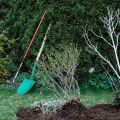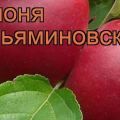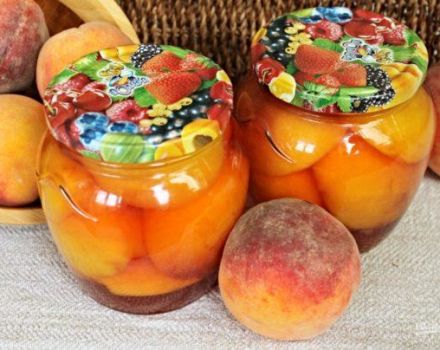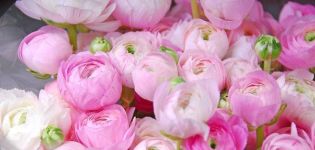Description and characteristics of the Honey Crisp apple variety, cultivation features and origin
The laying of a garden in the country or on a farm begins with planting apple trees. It is this tree in our country that is the standard of gardening, and many gardeners attribute it to unpretentious and not requiring special care of plants. The Honey Crisp apple tree is a striking representative of winter industrial varieties, bred by breeders from North America. Its fruits are distinguished not only by their delicious dessert taste, but also by their original appearance.
Description and characteristics of the apple tree Honey Crisp
Honey Crisp apple trees come from the state of Minnesota. It was there that they began to be cultivated in 1974. The beautiful and tasty fruits have attracted the attention of gardeners from around the world. At the same time, planting material, like the fruits themselves, are not cheap.
Tree height
Honey Crisp apple trees are not very tall. An average tree grows up to 4 meters, and if a dwarf rootstock is used, then its growth does not exceed 2.5 meters. It is possible to use a semi-dwarf rootstock, but the height of the plant will reach 3.5 meters. Such indicators are very convenient for further maintenance.
Crown width
In the first years after planting, the young Hani Crisp tree has a narrow-pyramidal crown. Until the age of five, the seedling actively moves into growth, but after that the crown gradually begins to acquire wide-oval forms. It should be borne in mind that this variety has a high ability to form shoots. This will definitely be needed for the correct formation and selection of the type of crown.
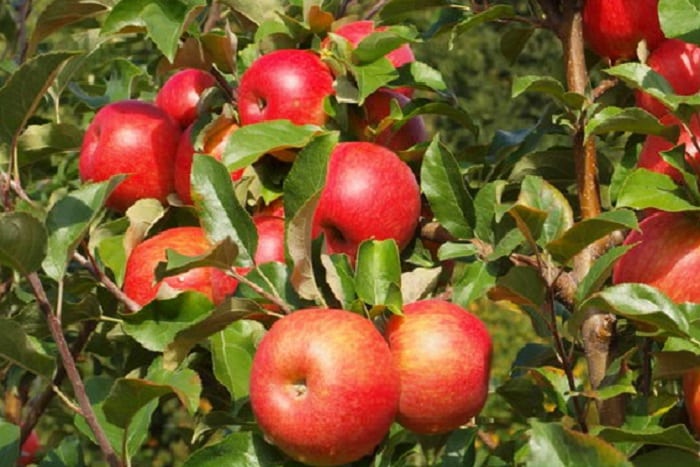
Productivity of the variety
The mass of one Honey Crisp apple reaches 250 grams. The shape of the fruit is elongated, somewhat elongated. Its color is light green with a red blush over the entire surface. The pulp has a yellowish-creamy shade, very juicy. The peel of apples is dense, with a characteristic glossy sheen. The aroma of the fruit is strong, the taste is light and very pleasant sourness. At the age of 6 years, the tree gives up to 9 kilograms of ripe fruits with high marketability and taste.
Tasting assessment
Tasters rate the taste of Honey Crisp at 4.8 points. The variety is easy to distinguish from competitors in taste, which distinguishes the fruit from other varieties.
Winter hardiness
The Honey Crisp apple variety can withstand temperatures as low as -35 ° C without additional shelter.

However, this indicator can decrease significantly in the following cases:
- after the return of a bountiful harvest;
- when a young tree is overloaded with fruits;
- damage to trees by pests or diseases during the growing season, resulting in a strong weakening of the plant;
- with drought and lack of moisture in the soil.
Disease resistance
Honey Crisp apple trees are distinguished by their increased resistance to fungal diseases. In particular, scab is not at all terrible for them, susceptibility to powdery mildew is average. Nevertheless, experienced gardeners still carry out preventive treatments, since if at least one of the listed ailments appears in the garden, there is a risk of losing half of the crop.

Powdery mildew appears as a white coating on leaves, apples and shoots. The characteristic signs of scab damage are oily spots on the upper side of the leaves, which tend to darken over time. At the same time, the fruit itself stops growing, cracks and spots form on it. For prevention purposes, trees are treated with "Fundazol", "Strobi", "Guard", "Tiovit Jet" and other drugs.
Advantages and disadvantages of the variety
The Honey Crisp apple variety has a number of advantages that distinguish it from competitors. These include:
- early maturity;
- excellent frost resistance;
- large-fruited;
- high aesthetic qualities of apples;
- excellent taste characteristics;
- suitability for long distance transportation;
- long shelf life, which is more than six months;
- increased resistance to fungal diseases.
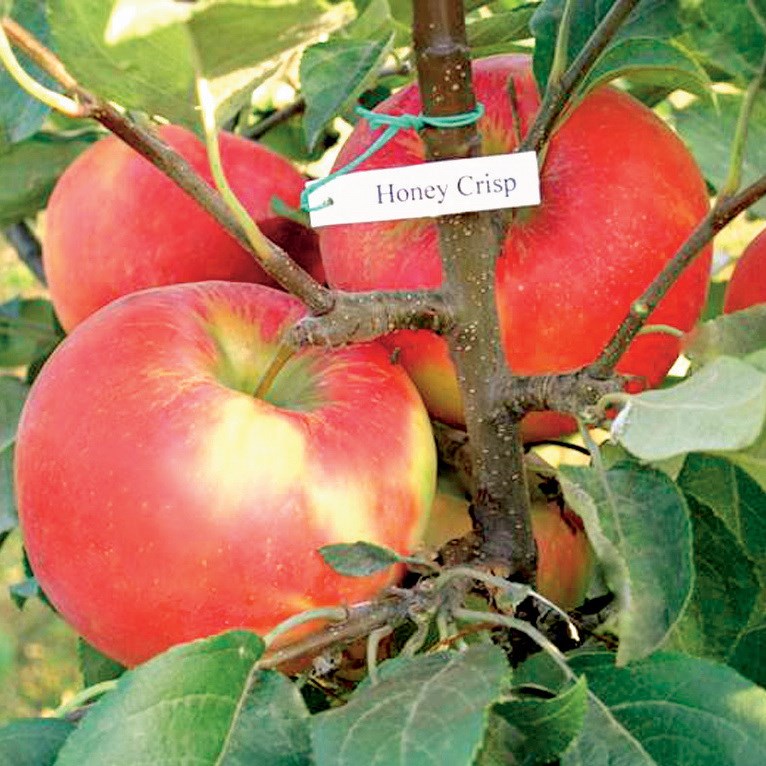
A distinctive feature of the variety is its characteristic honey crunch, which none of the known winter apple varieties possesses. Of the disadvantages of Honey Crisp, the tree's tendency to shedding fruits is distinguished in case of overloading it with a crop, as well as the susceptibility of fruits to subcutaneous spotting during long-term storage.
Features of planting an apple tree
From the correct planting of seedlings, not only the initial fruiting dates depend, but also the full development of the tree, the yield and quality of future fruits. That is why special attention is paid to this procedure.
Time and place
Honey Crisp apple trees are preferably planted in the spring, before budding on the seedlings. In the autumn, planting work is carried out after the sap flow processes slow down in the seedlings. Plants with a closed root system can be planted at any time, but experts still recommend refraining from this procedure during the summer heat.
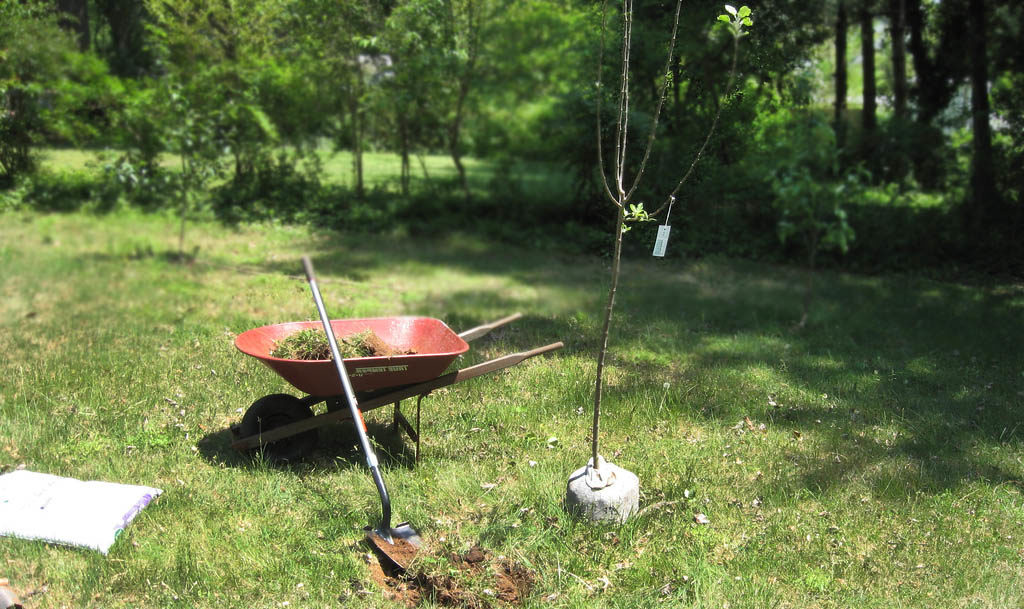
The place for planting honey Crisp apple trees is chosen on the basis that the distance between the tree and buildings or other plantings should be at least 3 meters. The groundwater level in the site selected for planting should be at least 2 meters.
Otherwise, a mound with a height of about 70 cm is formed and the seedling is planted in it so that the winter hardiness of the plant does not suffer in the future and its root system is not disturbed.
Seedling preparation
For planting apple trees of the Honey Crisp variety, seedlings are selected from 1 to 2 years old. It was at this time that their survival rate was highest. The root system and branches of a young tree are carefully examined. They should not have mechanical damage and signs of disease, they should be elastic. The roots with signs of damage are cut with a sharp knife, and the skeletal roots are slightly shortened. If the root system is dry, then the apple tree is placed in water for a couple of days.

Soil preparation
The site for planting young apple trees of the Honey Crisp variety is prepared a month before the main work. To do this, they dig a hole 70 cm deep and about 1 meter in diameter.For refueling, prepare a mixture consisting of:
- cow humus;
- wood ash;
- potassium sulfate;
- superphosphate.
Landing technology
The roots of a young apple tree of the Honey Crisp variety are straightened in a prepared hole, after which they are covered with a nutritious soil mixture, periodically compacting it. In this case, the root collar should rise above the ground by at least 8 cm. Otherwise, the apple tree will delay fruiting, and in exceptional cases, even its periodicity is observed. If the root collar is placed high, then during the heat of summer, the root system will not receive enough moisture.

Plant care rules
Grooming is just as important as planting the Honey Crisp apple tree. The correctness of these works guarantees not only abundance, but also the integrity, good safety of the crop.
Features of spring care
The next year after planting young apple trees, in the spring, it will be necessary to shorten the vertical shoot. In subsequent periods, the growth of young branches from the current year is cut by 1/3 of their length. Those shoots that become competing with the central conductor are pruned into a ring. This is necessary in order to properly form the crown and avoid thickening. In the first year after planting the apple tree, it is not required to feed it, but later in the spring it is useful to apply mineral fertilizers or organic matter. The tree trunk should be whitewashed with quicklime solution.

Summer care
Caring for Hani Crisp apple trees in the summer is reduced to timely watering, the introduction of potash-phosphorus fertilizers and preventive treatments. The watering rate for an adult tree is 4 buckets of water. The frequency of irrigation depends on the prevailing weather conditions. Experienced gardeners advise to carry out this procedure at least 1 time per week.
Autumn care
Caring for Honey Crisp apple trees in the fall comes down not only to harvesting, but also to preparing the plant for wintering. A month before the expected harvest, they completely stop watering the trees. As soon as the fruits are harvested, they begin sanitary pruning, during which they get rid of damaged and dried branches.

Preparing for winter
In the conditions of the middle zone and the southern climate, apple varieties of Honey Crisp do not require special preparation for the winter cold. This procedure here looks standard for all winter-hardy varieties. But in colder regions, trees should be provided with additional shelter, the trunk should be insulated. To avoid freezing of plants, they should be planted in regions with harsh substitutions in a place protected from drafts and winds.
Ripening and fruiting
The Honey Crisp apple variety is rightfully considered early ripening. The medium-sized stock starts bearing fruit 4 years after the seedling is planted on the site. The use of a dwarf or semi-dwarf rootstock accelerates the onset of fruiting.
You can enjoy the first harvest after a couple of years. Medium-sized trees live up to 40 years, and low-growing ones - up to 15.
The honey Crisp apple tree ripens in September. Harvesting is carried out only with full confidence in its ripeness. This can be determined by the brown color of the seeds and the easy separation of the apple from the fruit twig.
Features of growing in the regions
Due to their high frost resistance, Honey Crisp apple varieties are grown everywhere. They are suitable for the climatic conditions of Ukraine, Belarus, regions of the Moscow region and the middle zone. When cultivated in regions with cold weather conditions, due to the lack of heat, sourness appears in the taste of the fruit. However, it gives the apples a spice and does not spoil their flavor characteristics.
